The location of the water pump in relation to the engine can vary by application. Whether you can replace it yourself depends on how much experience you have. The more complex the engine, the higher the level of difficulty for pump replacement. However, a person who easily figures out how to do things can usually replace a water pump that is on the front of the engine, without any mechanical experience.
Pumps Located on the Front of the Engine
If the pump is located on the front of the engine, it is typically easy to get to. For a rear-wheel drive vehicle, remove the belts and the manual fan. If the power steering pump or air conditioning compressor covers part of the water pump, you’ll have to remove those as well. In most cases, you can leave the power steering lines or the air conditioning lines attached; the lines give you enough leeway to set the pump or the compressor aside.
On some front-wheel drive vehicles, to get to the water pump or to remove the belts, you may have to remove the motor mount and jack the engine up. Don’t forget to replace your accessory drive belts when you replace the water pump as well.
Pumps Located Under the Timing Belt Cover
If the water pump is located under the timing belt cover, the timing belt may turn the water pump. While removing the pump is not difficult, you must have experience removing and replacing timing belts and their various components. It takes just as much work to get down to the timing belt as it does the water pump, therefore you should plan on replacing the belt at the same time.
When installing the timing belt, make sure the engine is timed properly or it may not run. If it does run, it won’t have any power. If the engine is an interference engine and the timing belt is not installed properly, valves will hit the pistons and will cause extensive engine damage.
Tips for Replacing the Water Pump
Always be sure to inspect the new part before installation. Spin the pump by hand to make sure it rotates freely. Check the mating surface and all other areas of the pump for defects. It is very important to always follow any special installation instructions and manufacturer’s recommendations as well.
Doing this job twice is not ideal; therefore ensure the water pump and all the other associated components are installed correctly the first time.
ACDelco Professional 252-822 Water Pump Kit
A-Premium Water Pump W/Gasket [DOHC, 6Cyl 2.8 3.0 ...
$25.69 (as of July 8, 2025 20:55 GMT -05:00 - More infoProduct prices and availability are accurate as of the date/time indicated and are subject to change. Any price and availability information displayed on [relevant Amazon Site(s), as applicable] at the time of purchase will apply to the purchase of this product.)ACDelco Professional 252-595 Water Pump Kit
$38.43 (as of July 8, 2025 20:55 GMT -05:00 - More infoProduct prices and availability are accurate as of the date/time indicated and are subject to change. Any price and availability information displayed on [relevant Amazon Site(s), as applicable] at the time of purchase will apply to the purchase of this product.)Gates 42004 Premium Engine Water Pump
These tips hold true for every water pump:
- Clean the mating surfaces on the engine block and the new pump.
- Make sure all wires and hoses are out of the way.
- Apply a thin layer of RTV on the water pump’s mating surface and the engine mounting surface. Press the gasket onto the mating surface of the pump. Carefully bolt the water pump in place. Using RTV ensures the gasket doesn’t slide out of place while you are trying to tighten the bolts.
- Be sure to torque the bolts properly. If they are too tight they could break. A broken bolt equals a leaking water pump. If the bolts are too loose, they could vibrate out or cause a poor seal, which would allow the coolant mixture to leak.
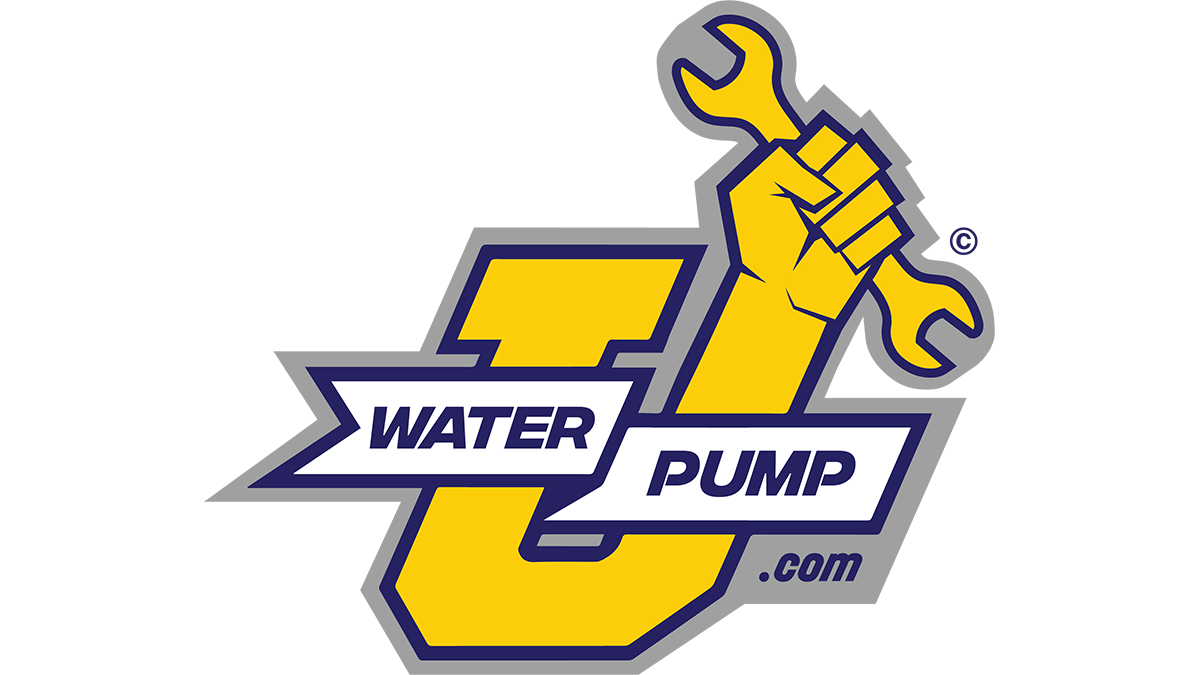
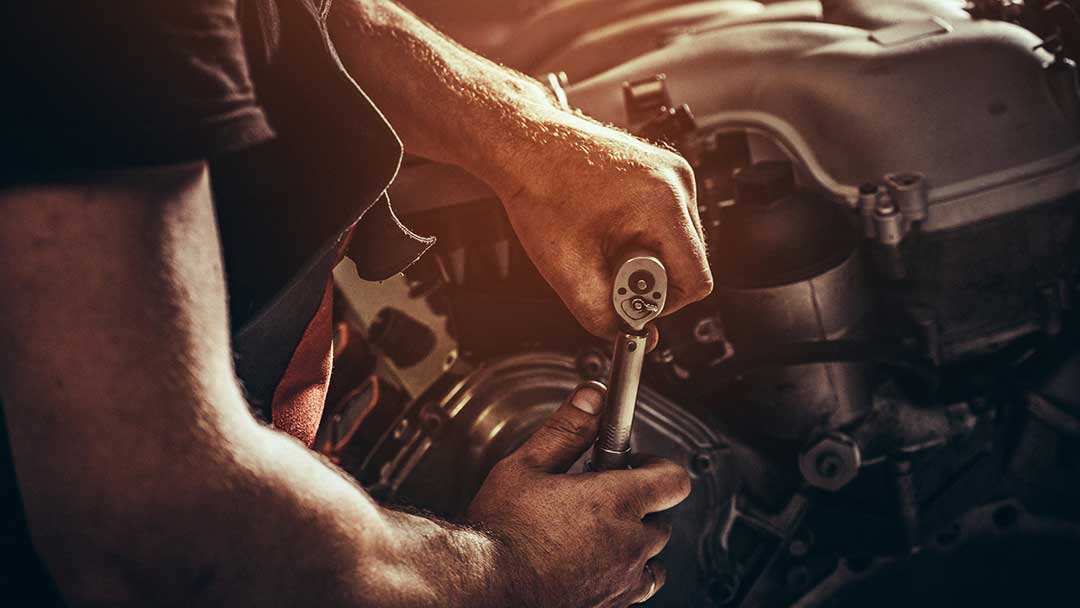

![[Vehicle Fitment]: Compatible with Buick Allure 05-10, Enclave 08-20, LaCrosse 05-08 10-16, Rendezvous 04-06 & Cadillac ATS 13-19, CTS 05-19, SRX 04-16, STS 05-11, XTS 13-19 & Saab 9-3 06-09, 9-4X 11, 9-5 10-11 & Saturn Aura 07-09, Outlook 07-10, Vue...](https://m.media-amazon.com/images/I/41WKoNzHalL._SL160_.jpg)


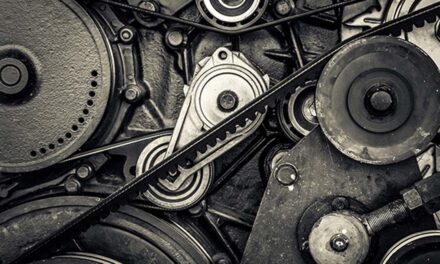
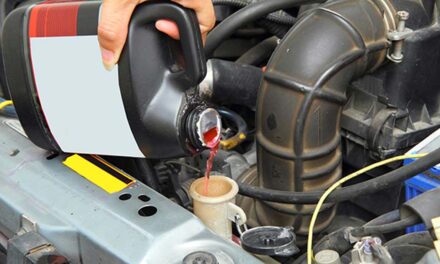
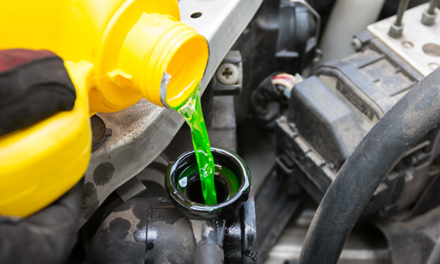
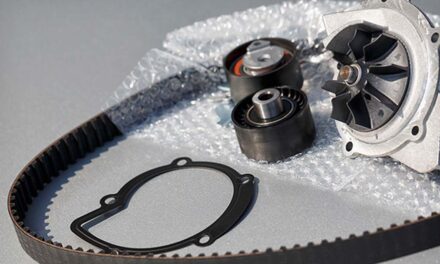
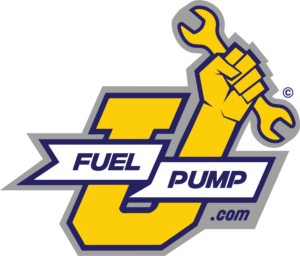
![[Vehicle Fitment]: Compatible with Buick Allure 05-10, Enclave 08-20, LaCrosse 05-08 10-16, Rendezvous 04-06 & Cadillac ATS 13-19, CTS 05-19, SRX 04-16, STS 05-11, XTS 13-19 & Saab 9-3 06-09, 9-4X 11, 9-5 10-11 & Saturn Aura 07-09, Outlook 07-10, Vue...](https://m.media-amazon.com/images/I/41WKoNzHalL._SL100_.jpg)
![[Vehicle Fitment-1]:Compatible with Chevrolet Avalanche 1500 2002-2006, Express 1500 2003-2006, Express 2500 2003-2006, Express 3500 2003-2006, Silverado 1500 1999-2006, Silverado 2500 1999-2004, Silverado 2500 HD 2001-2006, Silverado 3500 2001-2006,...](https://m.media-amazon.com/images/I/51trZsbFCCL._SL100_.jpg)
